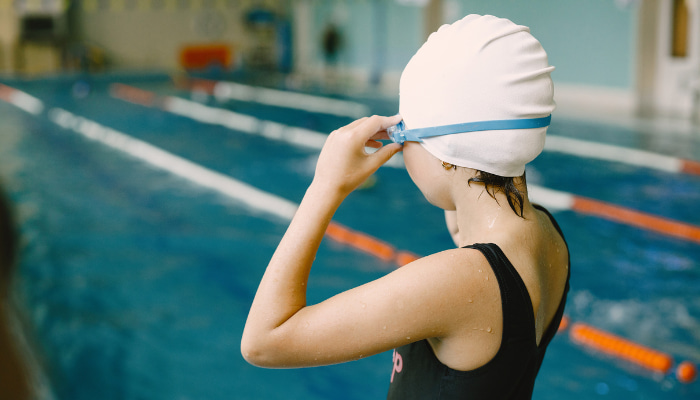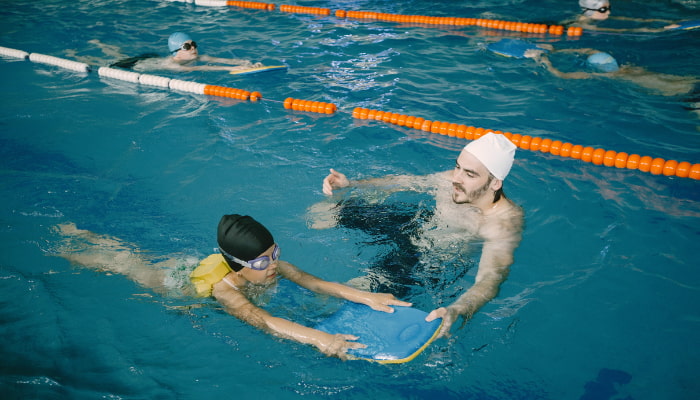Globally, there are an estimated 320,000 drowning deaths every year. Additionally, drowning is the leading cause of death for children ages 1-4. Although scary, don’t let these statistics cause you undue stress. Utilize this knowledge to arm yourselves and your pool with proper safety measures and skills to help prevent drowning.
Here are five simple steps that can help save a child’s life!
Create Barriers For Added Protection
Barriers of protection between your child and a pool are important, as they can provide adults with valuable time necessary to find a missing child before they make their way to the pool. The first line of defense is to build a proper fence around your pool. It is recommended fences be built at least four feet in height, with posts no more than four inches apart. This prevents younger children from climbing over or through the fence. Additionally, any gates around the pool should be “self-closing,” meaning they will always close and latch on their own to prevent human error. Other barriers include childproof door handles or door alarms for your home, which alert adults if your little one escapes.
Teach Your Child to Swim
Formal swimming lessons for babies and toddlers can reduce their risk of drowning by 88%. Although it may feel like a hassle for parents, especially for babies, getting in the water and teaching your little ones the basics of floating on their backs, as well as how to go underwater, will allow them to become familiar with water. Should they fall in, their familiarity with water will help them to remain calmer than a child who has never experienced water. In fact, most babies will end up naturally floating on their backs for a short period of time. Although it may only be seconds, it could be just enough time for a family member to jump in to prevent injury or drowning.

Always Provide Proper Supervision
An adult should always have eyes on any child while swimming. Most child drownings happen at family gatherings around a pool. We recommend implementing a tag-on tag-off system during family parties and events. When it’s your turn to watch the swimmers, provide your undivided attention, avoiding distractions such as texting, phone calls, reading and talking with friends. Ultimately, nothing is more important than a child’s life.
Use Size-appropriate Floating Devices
Life jackets are always a good idea for children who are just learning to swim. A proper fit is always key. Be sure to double-check the life jacket sizing guides and age requirements to make sure that they won’t cause your child to flip unexpectedly. When used in combination with proper adult supervision, life jackets provide another layer of protection to prevent your child from drowning.
Be Prepared to Respond
If all your other preventative measures have failed and you are experiencing an emergency, it is important you know how to respond. First aid and CPR classes can provide you with the knowledge to save the life of your child by providing life-saving breaths, chest compressions, and teaching proper techniques for children who may have been severely injured poolside. These skills offer lifesaving techniques that you can do while you wait for emergency services to arrive.

Help Prevent Drownings With Training From Blueguard
It is our hope you never find yourself in an emergency drowning situation. Unfortunately, emergencies can happen when they are least expected. That is why the professionals at Blueguard want to help you to be prepared.
Our first aid, swimming pool safety, and lifeguard training courses can teach basic skills such as using an AED machine, CPR, bandaging wounds, and more. They can also help you to identify the signs of a weak swimmer and other dangerous environmental conditions to help prevent tragedy.
If you’re interested in signing up for a training course, contact a member of our team today!






